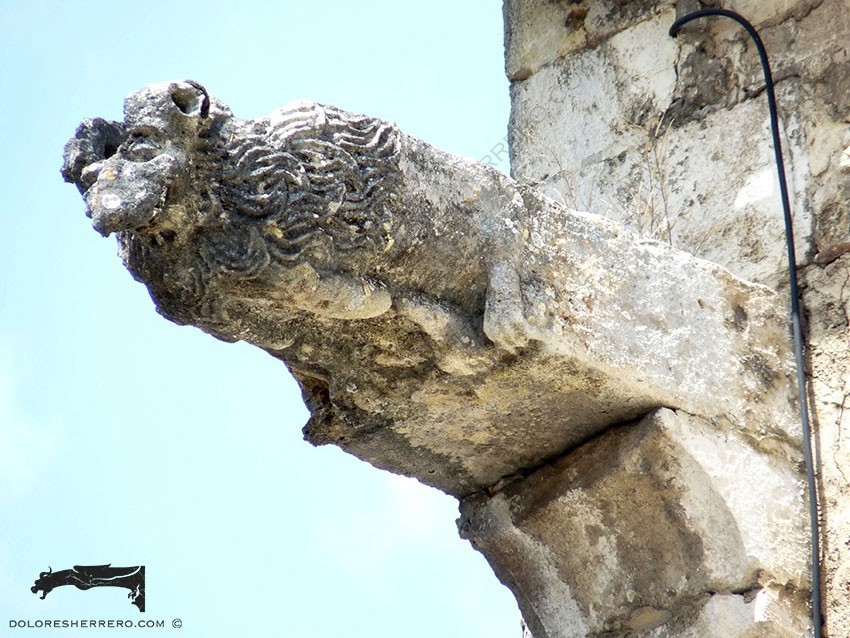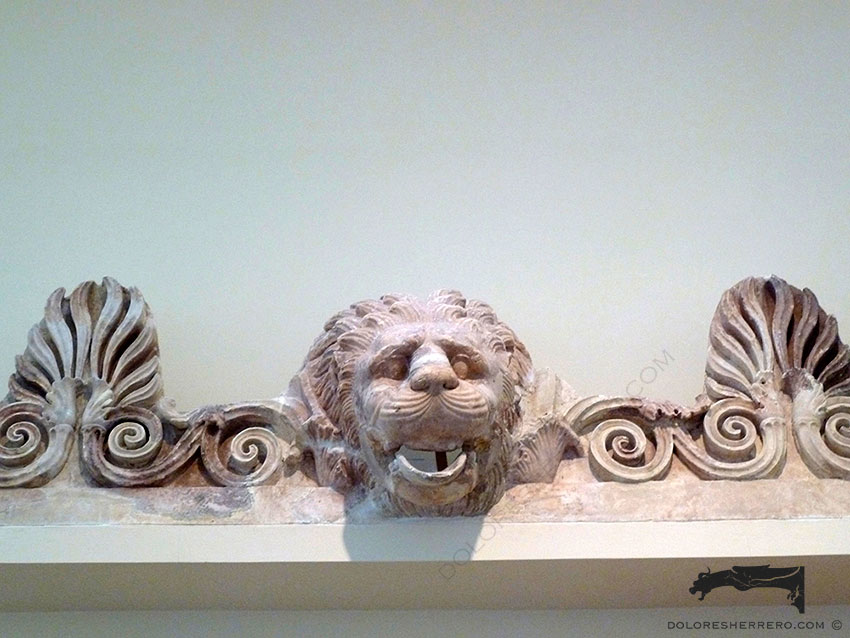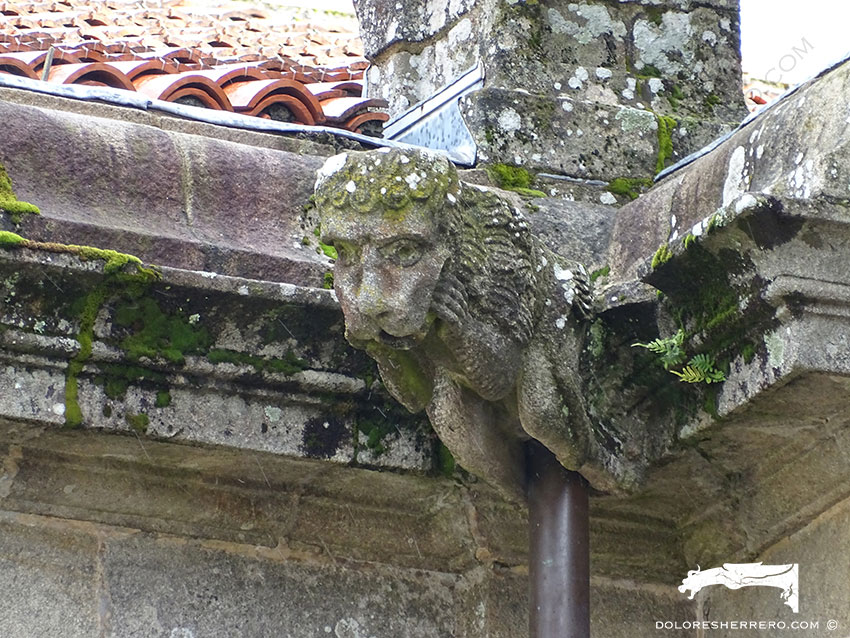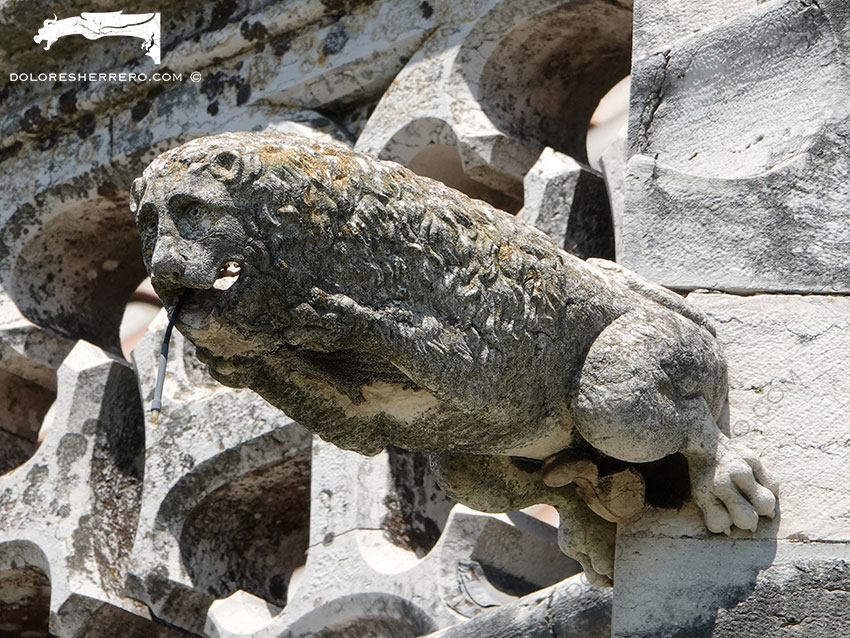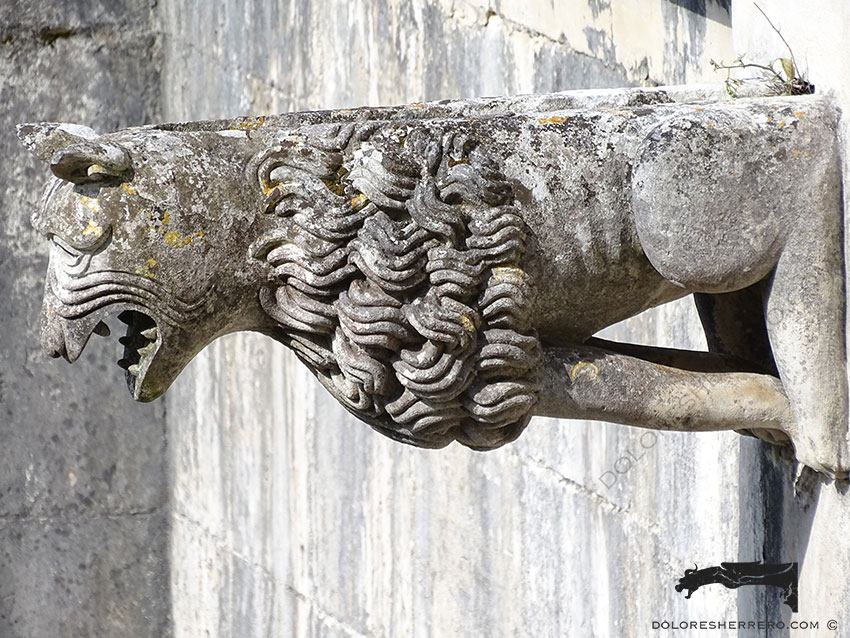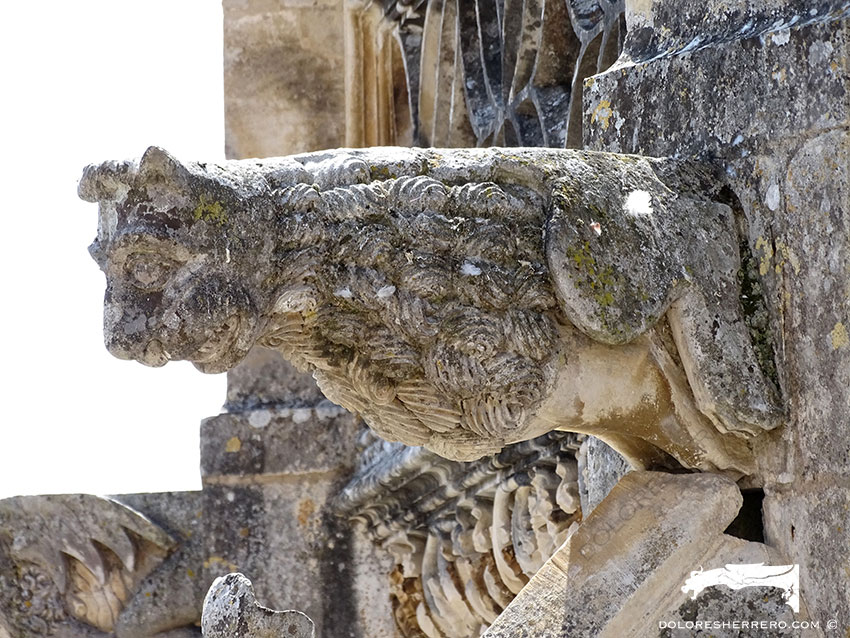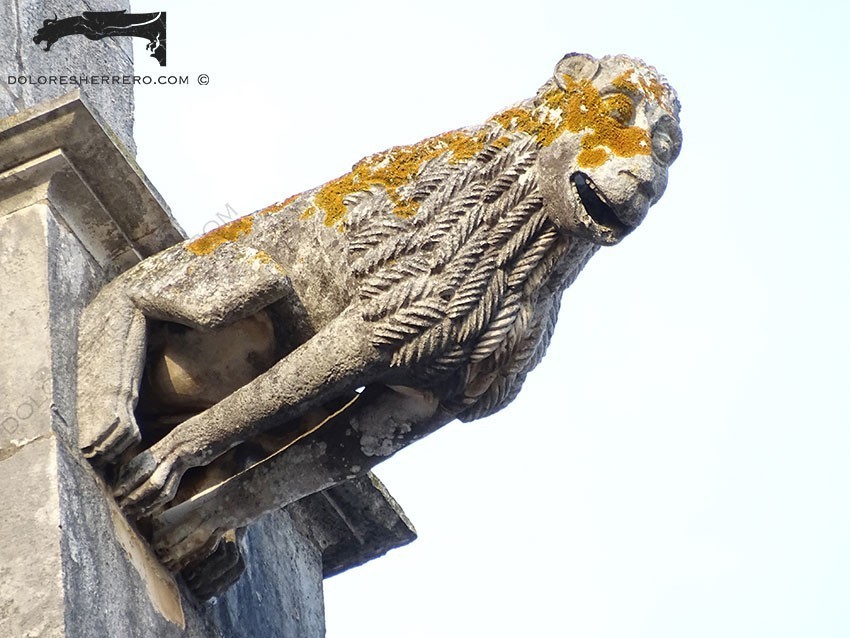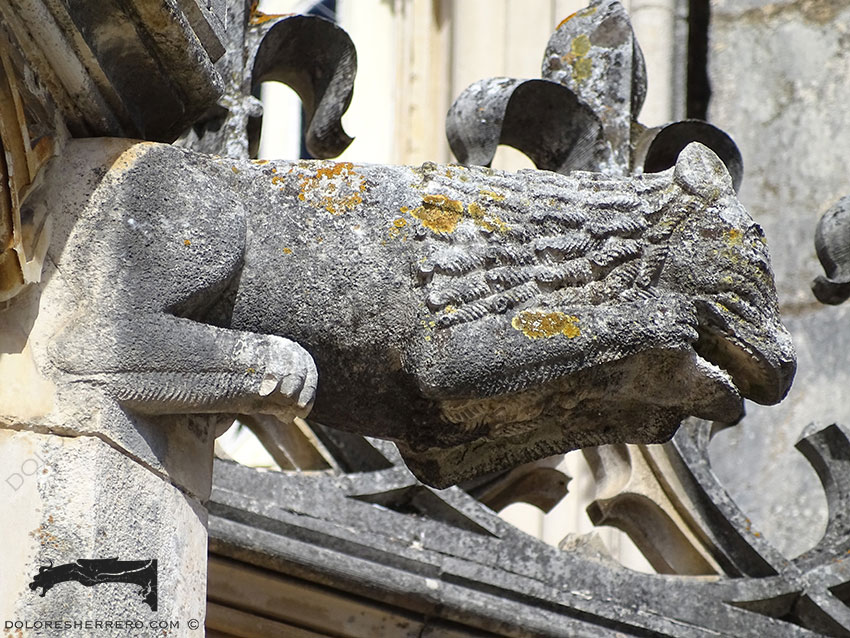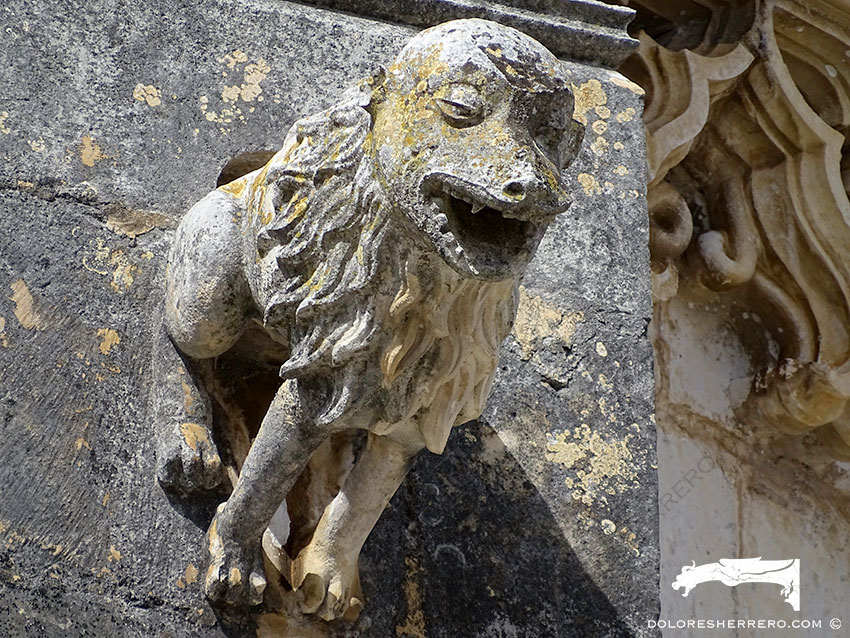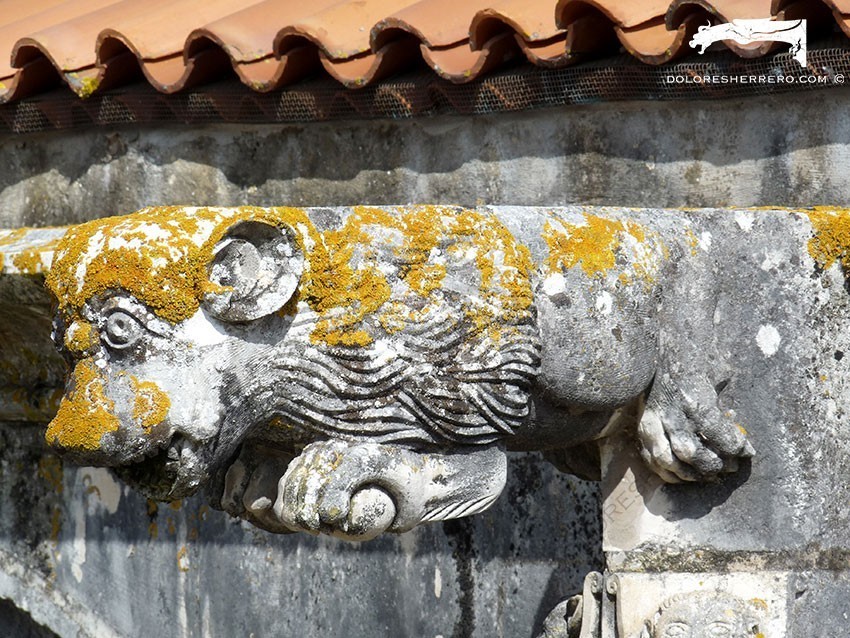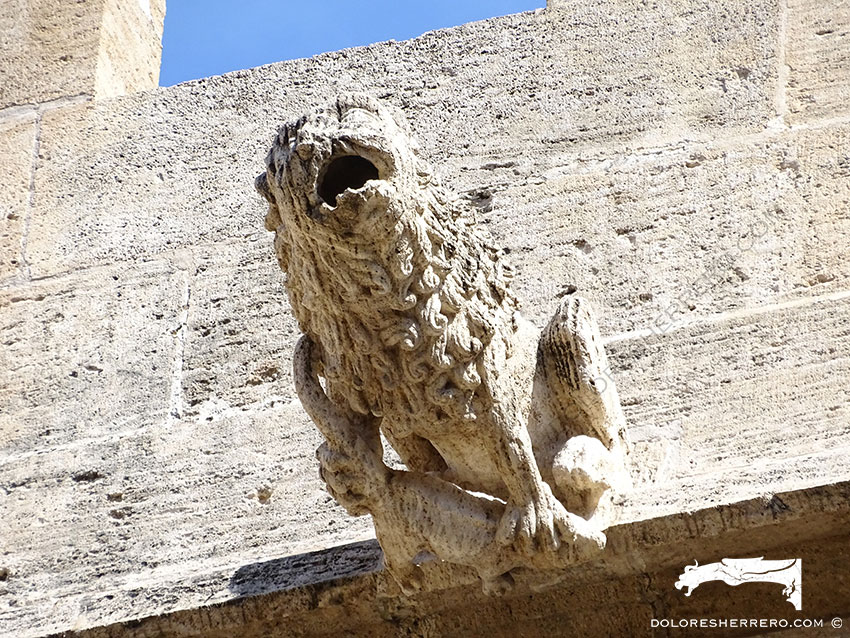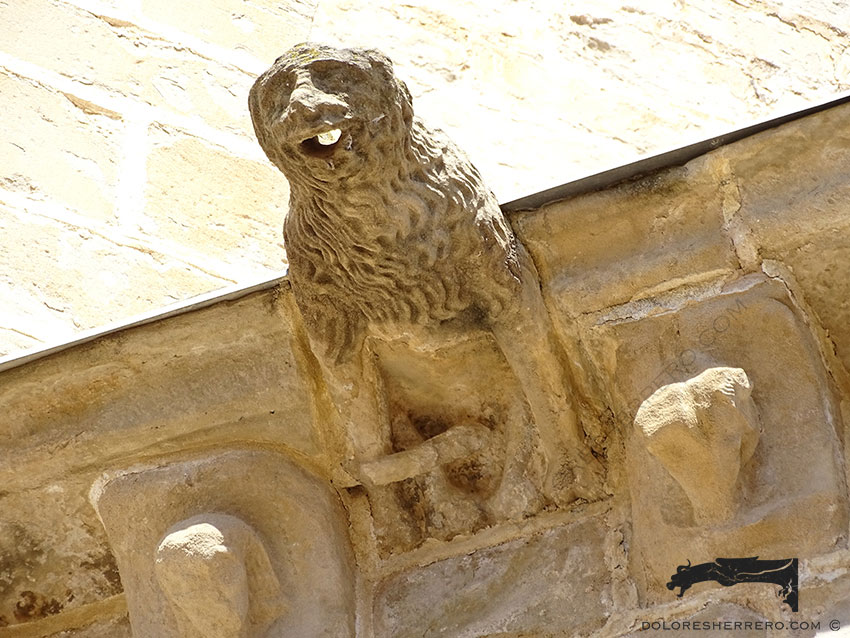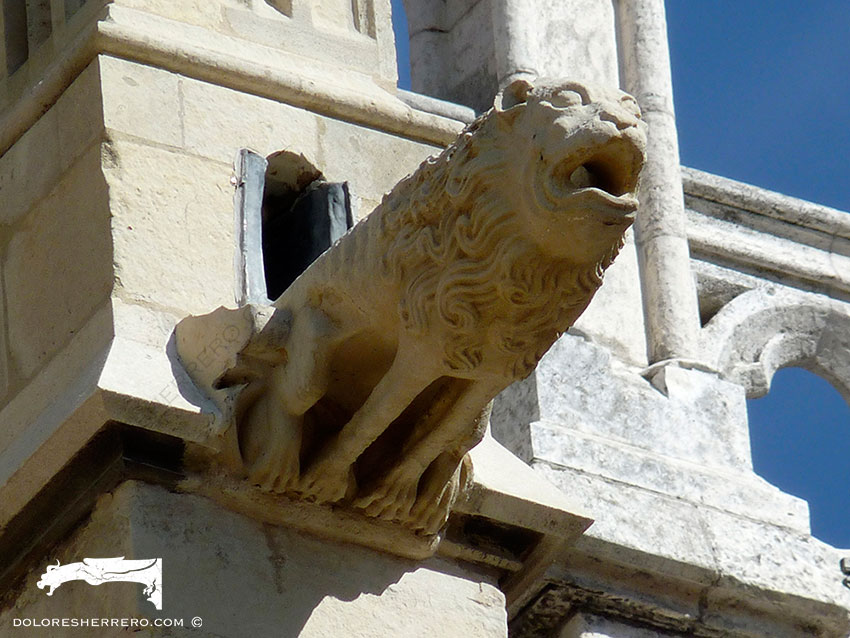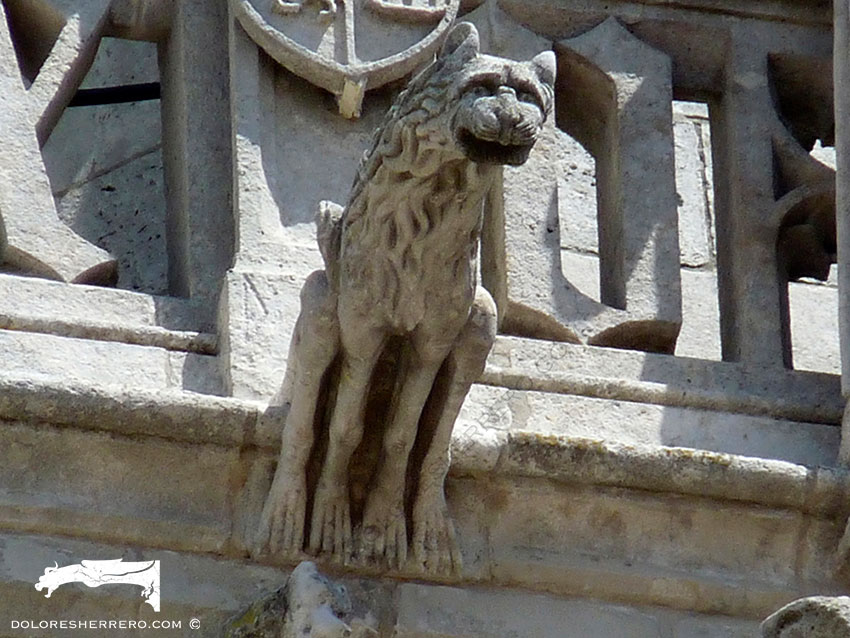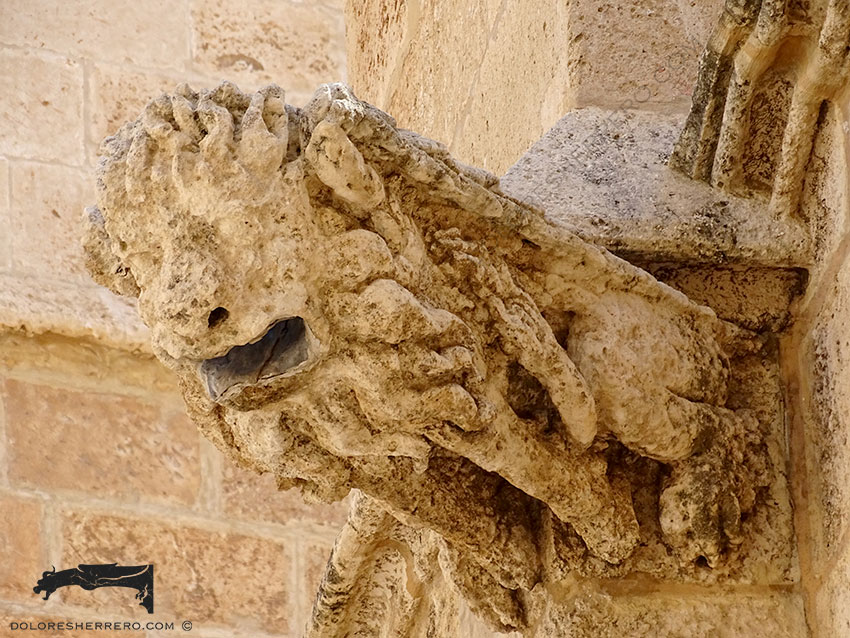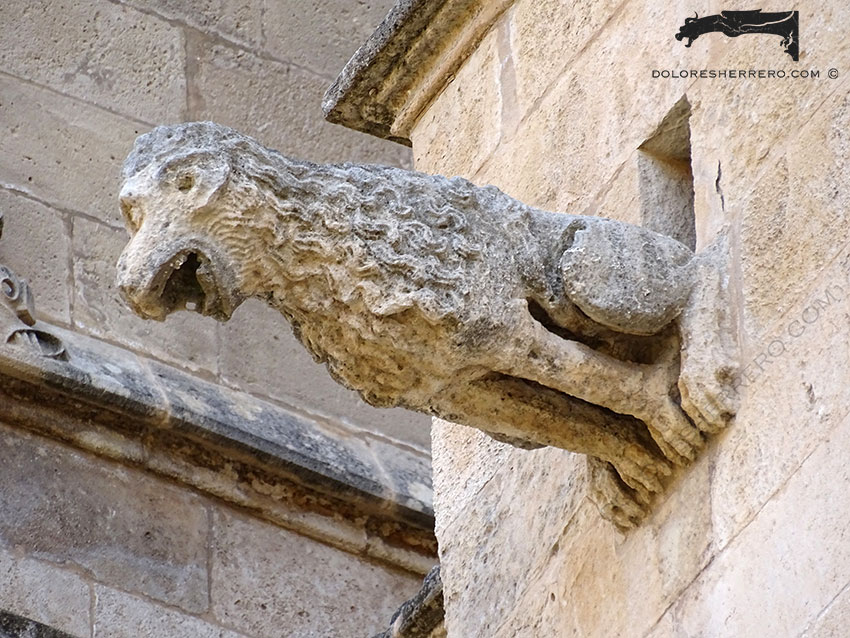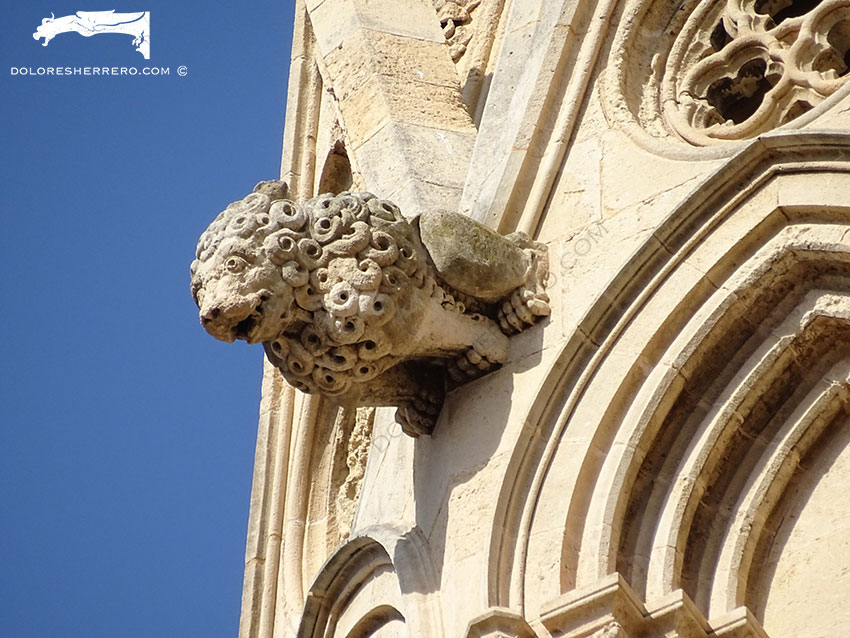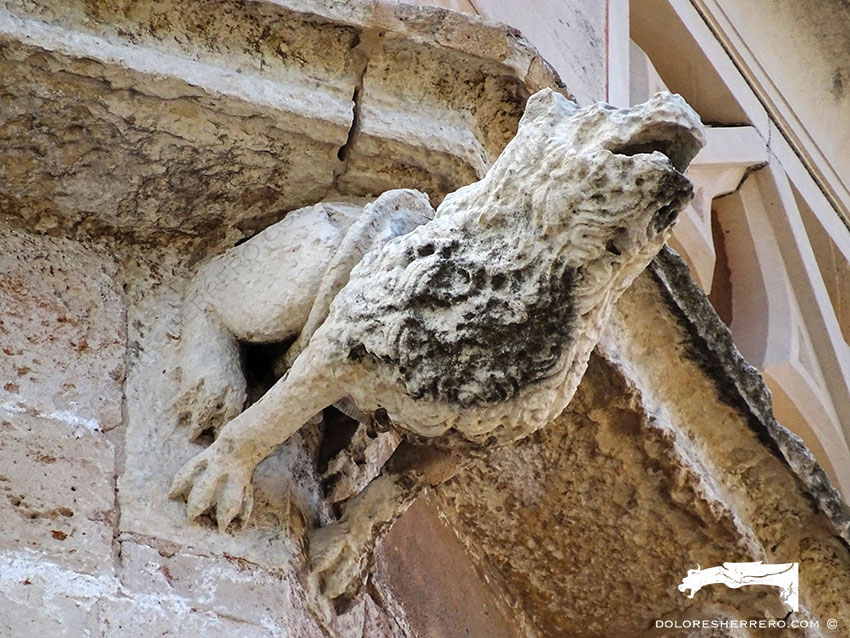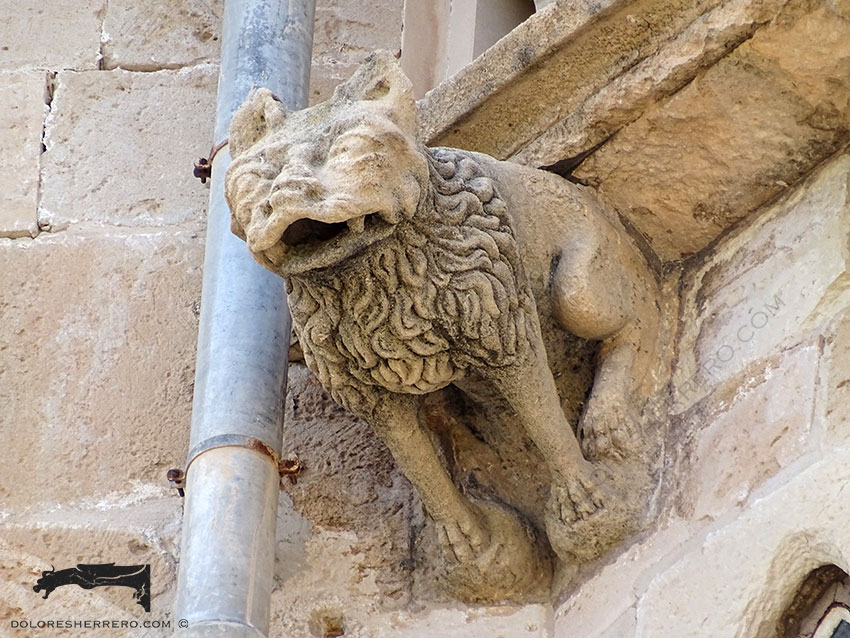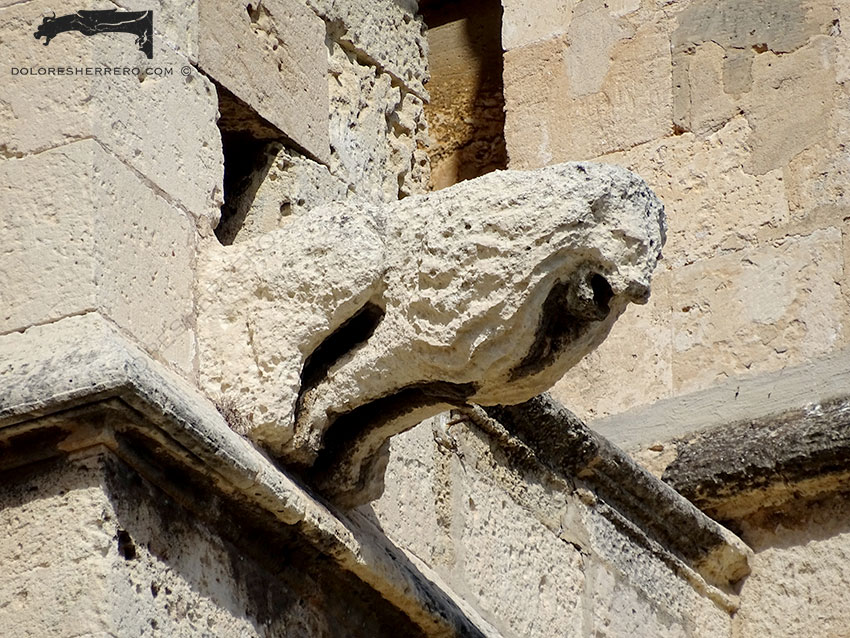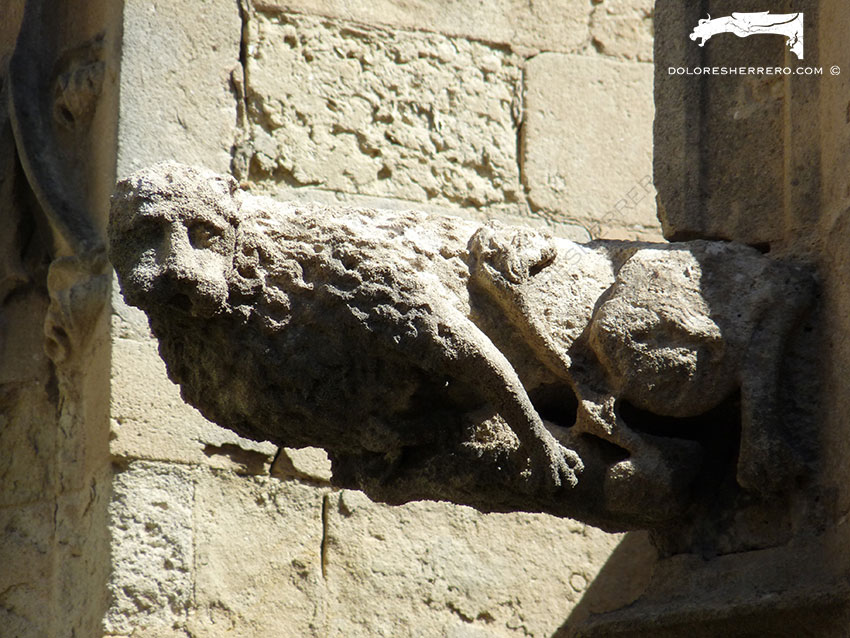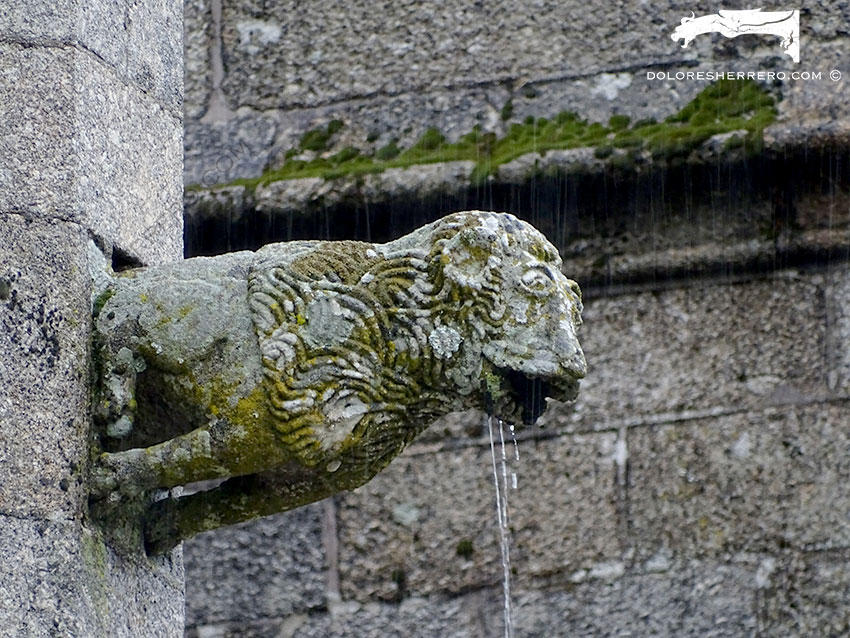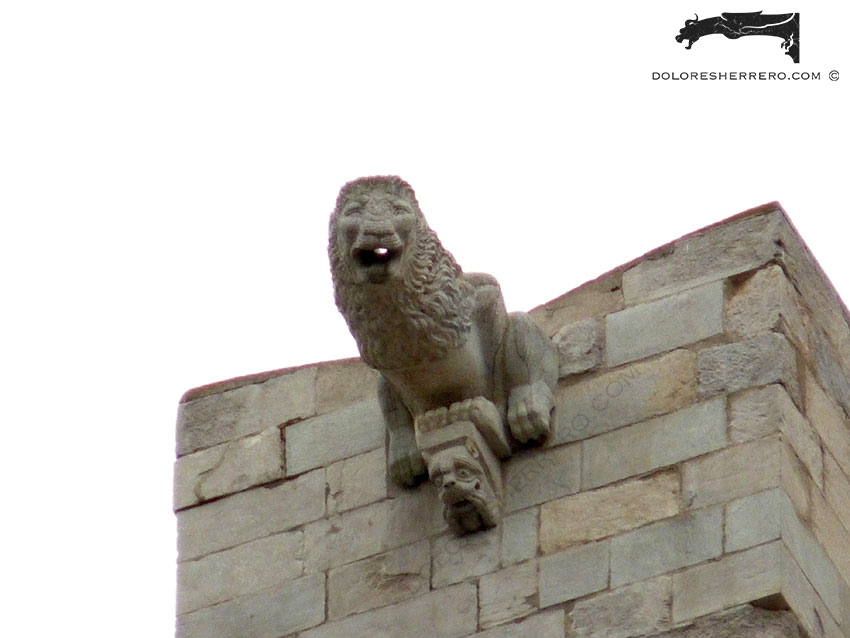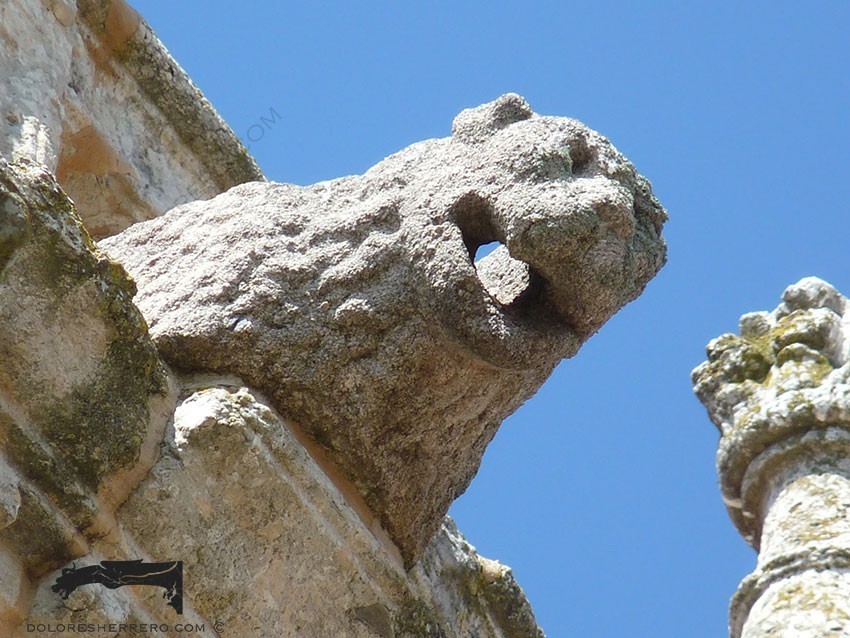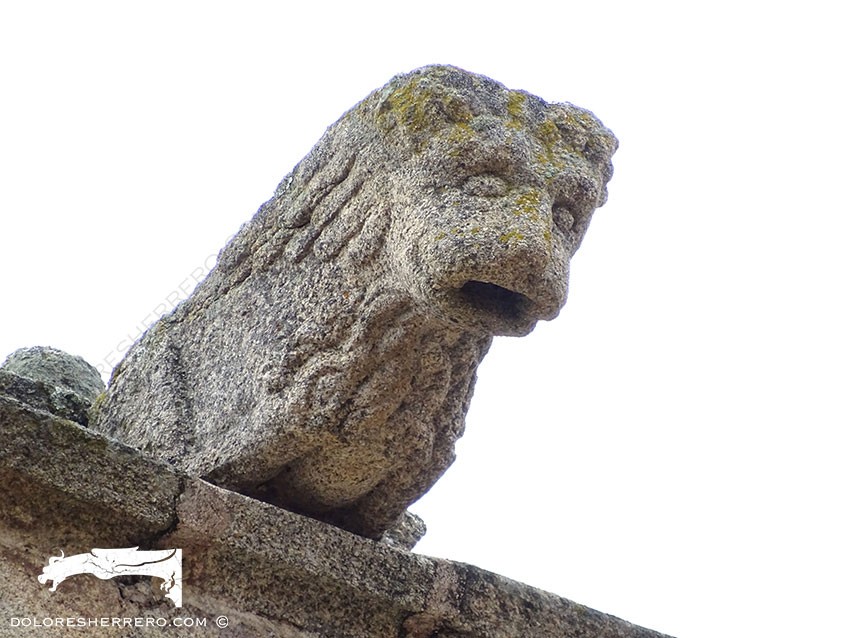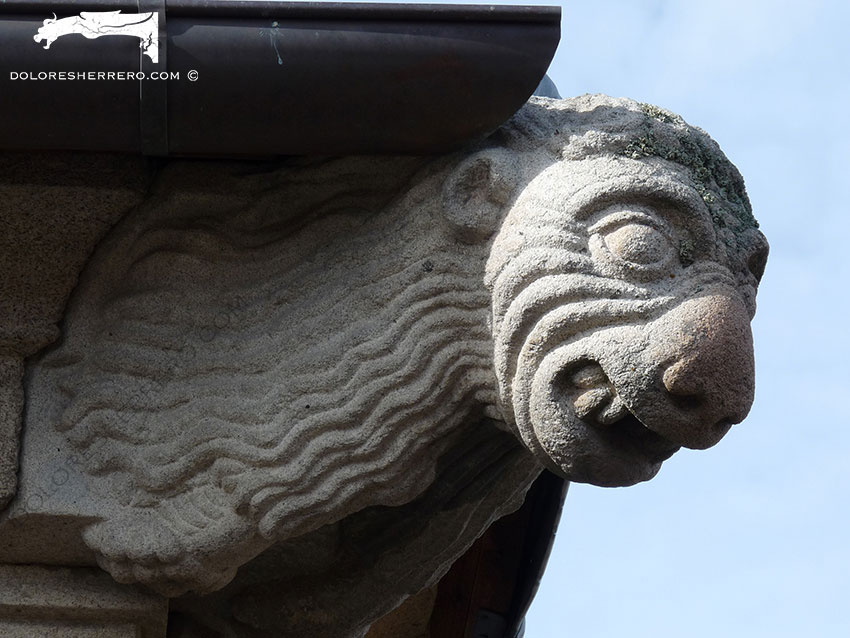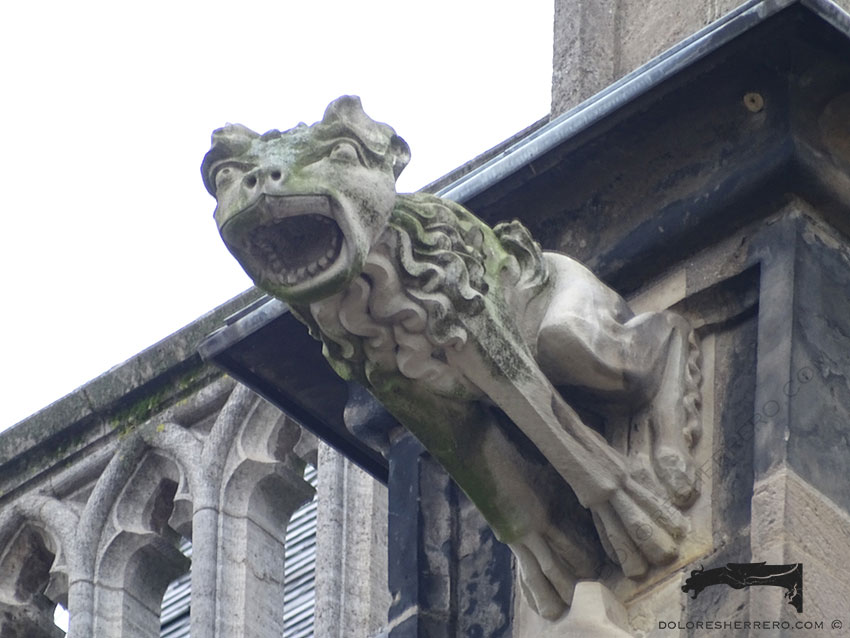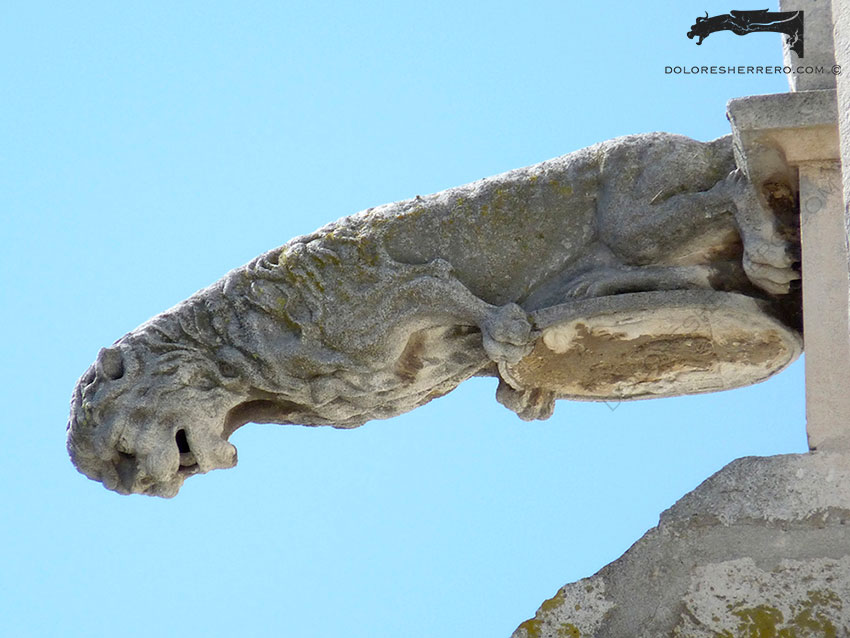Bestiaries and Animal Symbolism in the Middle Ages
Bestiaries are one of the main sources for understanding the symbolic meaning of animals. They reveal the symbolism of these creatures as well as their positive and negative powers. The portrayals refer to these powers and in many cases they serve to symbolise human virtues and defects.
Animal Iconography in Medieval Art
In animal iconography, it’s accepted that the animals have a theological meaning. However, some authors like Dorothy and Henry Kraus discuss the role played by animals in the daily lives of Medieval people, which is the reason why they are so often included in scenes of everyday life.
The Lion in Gargoyles: A Constant Presence
Let’s take a look at art as history in the most commonly used figure in gargoyles in the real animal category, the lion.
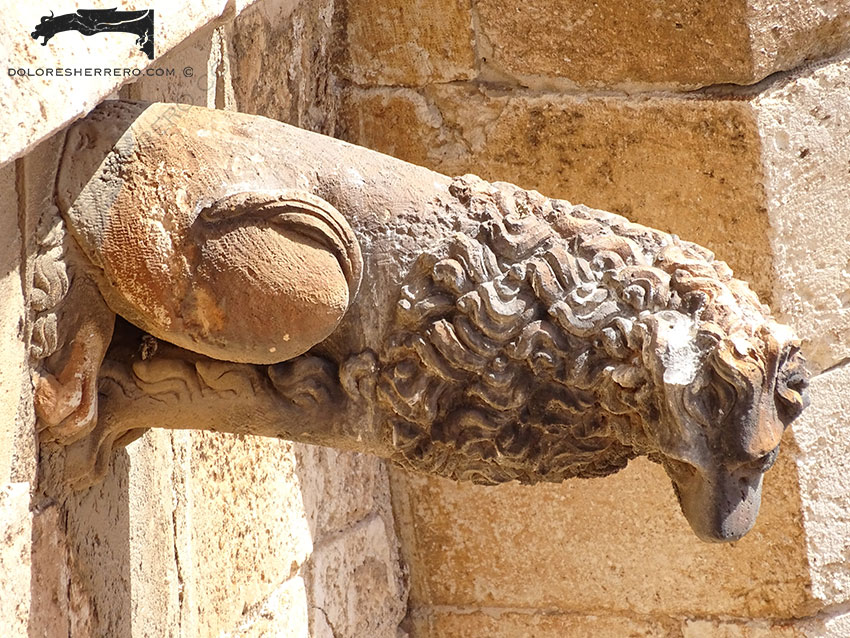
Palma de Mallorca Cathedral (Spain)
The Symbolism of the Lion in Ancient Cultures
In some cultures of Antiquity, the lion possessed divine attributes. In Egypt, for example, the goddess Sekhet has a lion’s head; in Tibet people have been worshipping the Ka-gro-Mha, lion-headed goddesses, for millennia; in Syria the lion is a divine figure; in Persia the lion was one of the animals featured in the worship of the sun god Mitra; in Assyria, the god of courage in war was a lion centaur; and in Greece, let us not forget the lions that draw the chariot of the goddess Cybele, mother of the gods, at full gallop.
The Lion as a Symbol of Power and Vigilance
The lion’s qualities are royalty, vigilance, strength, justice and courage. These qualities led the lion to feature on Roman legion insignia (strength and courage) as well as on the porches of law courts. Remember that Solomon’s throne in the Hall of Justice stood at the top of six steps guarded by twelve lions.
The Lion in Christian Iconography
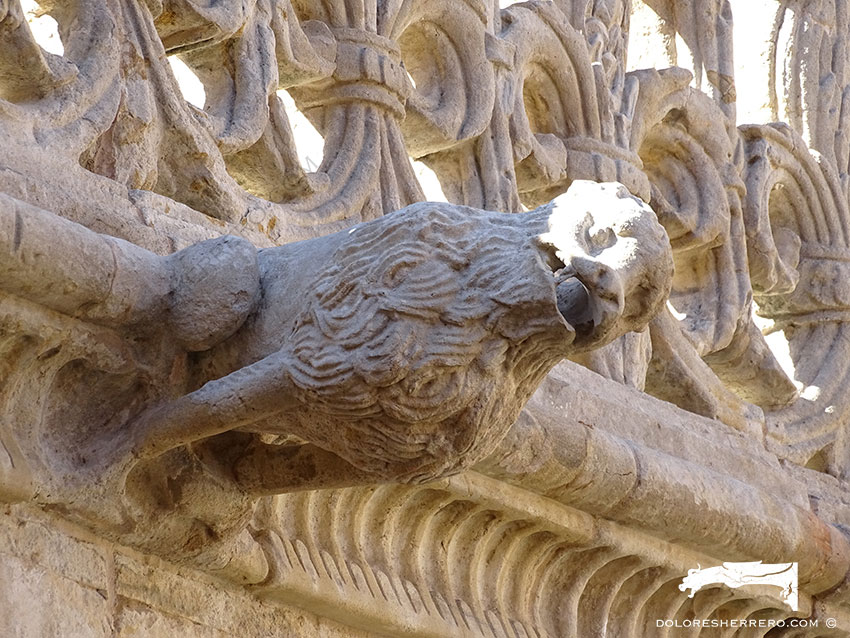
House of Shells in Salamanca (Spain)
The Lion and Christ: An Image of Resurrection
The lion, king of earthly animals, was adopted by Christian iconography as the Lion of the tribe of Judah, the symbol of Christ. In Christian art, it became an emblem of Jesus Christ and the resurrection. In his great work Religious Art in France in the Thirteenth-Century (1899), Émile Mâle states that in the Middle Ages it was widely believed that the lioness gave birth to lions that seemed to be still born. For three days they showed no signs of life, but on the third day the lion returned and breathed life into them – the lion as a symbol of the resurrected Christ and also as author of our own future resurrection.
The Figure of the Lion in Biblical Tradition
The lion is referred to 152 times in the Bible. One passage used to symbolise Christ and his sacrifice is the death of the lion that Samson defeated in the vineyards of Timna. In the same way that the lion died at Samson’s hands, Christ died at the hands of men.
It’s said that the lion never closes its eyes, even when sleeping, so it is also an emblem of vigilance, which is why it appears in tombs, on buildings and on doors as a doorknocker. This also conveys the idea of the lion as the image of Christ watching over and guarding our souls.
The visions of both St John (Ap. 5, 5) and of Ezequiel involve the appearance of the lion of the tetramorph, St Mark being the lion, in the vision of Yahveh’s chariot (Ez. 1, 4-13).
The Lion as a Symbol of Evil in Christian Tradition
As for its negative powers, the lion can be shown as a symbol of arrogance or of the anti-Christ; or as a roaring lion or demon, snatching souls. The symbols of the lion and the serpent are often mixed up in a single symbol; Hesiod compares it to the diabolic typhoon (Theogony, V. 833), St Ambrose develops this idea on his Hexameron (VI, c. 4), and St Jerome in his Commentary on the Psalms (XVI, 12). St Peter says: “Be sober and watch; because your adversary the devil, as a roaring lion, goeth about seeking whom he may devour” (1st Epistle, C.V., 8).
Lion Gargoyles: A Visual Gallery
Given the lion’s profound symbolic significance throughout history, it is no surprise that this majestic animal appears so frequently—not only in gargoyles, but across all the arts. Below, we share photographs of gargoyles depicting lions, each one unique and astonishing.
- Marcadieu Square in St. Émilion (France)
- National Archaeological Museum of Athens (Greece)
- San Martín Pinario Monastery in Santiago de Compostela (Spain)
- Jerónimos Monastery in Lisbon (Portugal)
- Jerónimos Monastery in Lisbon (Portugal)
- Batalha Monastery (Portugal)
- Batalha Monastery (Portugal)
- Batalha Monastery (Portugal)
- Batalha Monastery (Portugal)
- Batalha Monastery (Portugal)
- Alcobaça Monastery (Portugal)
- Valencia Lonja (Spain)
- Church of Santa María la Mayor in Valderrobres (Teruel, Spain)
- León Cathedral (Spain)
- León Cathedral (Spain)
- Burgos Cathedral (Spain)
- Palma de Mallorca Cathedral (Spain)
- Palma de Mallorca Cathedral (Spain)
- Palma de Mallorca Cathedral (Spain)
- Palma de Mallorca Cathedral (Spain)
- Palma de Mallorca Cathedral (Spain)
- Palma de Mallorca Cathedral (Spain)
- Palma de Mallorca Cathedral (Spain)
- Narbonne Cathedral (France)
- Guarda Cathedral (Portugal)
- Girona Cathedral (Spain)
- Ciudad Rodrigo Cathedral (Spain)
- Cáceres Cathedral (Spain)
- Ávila Cathedral (Spain)
- Aachen Cathedral (Germany)
- Aachen Cathedral (Germany)
- Palencia Cathedral (Spain)
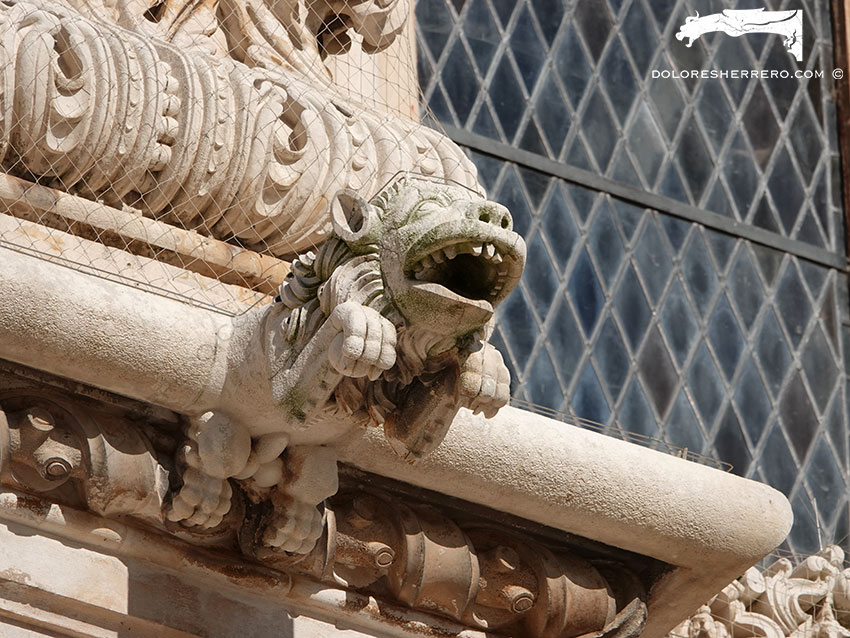
Bibliography
CHARBONNEAU-LASSAY, L., El bestiario de Cristo. El simbolismo animal en la Antigüedad y la Edad Media, vol. I, Palma de Mallorca, José J. de Olañeta Editor, 1997.
DE PINEDO, DOM. R., El simbolismo en la escultura medieval española, Madrid, Espasa-Calpe, S. A., 1930.
GRIVOT, D., Le diable dans la cathedrale, Paris, Editions Morel, 1960.
REBOLD BENTON, J., Holy Terrors. Gargoyles on medieval buildings, New York, Abbeville Press, 1997.
VILLASEÑOR SEBASTIÁN, F., Iconografía marginal en Castilla. 1454-1492, Madrid, CSIC (Consejo Superior de Investigaciones Científicas), 2009.
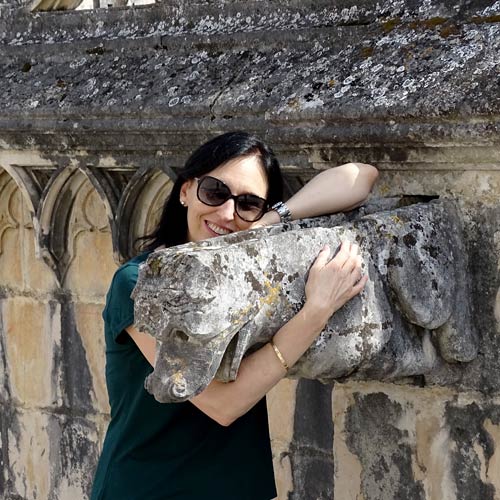
Doctor of Art History and researcher specializing in the study of gargoyles.
I am Dolores Herrero Ferrio, and my thesis, “An Approach to the Study of Gargoyles of Gothic Cathedrals in Castilla and León”, is dedicated to the study of these fascinating figures.
If you like gargoyles and art history, you will also enjoy my book, “The Gargoyle and Its Iconography,” a book I have written with great care for those interested in the world of gargoyles.
I have created my own Encyclopedia of Gargoyles, a Gargopedia to share with you, where you will discover all the secrets and wonders of these enigmatic sculptures.
I hope you enjoy this Gargopedia as much as I have enjoyed creating it, and remember that each gargoyle has a story to tell, and here you will discover them all.
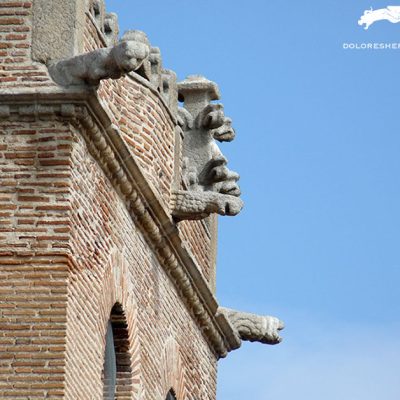 Gargoyles of Martín Muñoz de las Posadas (Segovia, Spain) as a Testament to Castilian Rural Art
Gargoyles of Martín Muñoz de las Posadas (Segovia, Spain) as a Testament to Castilian Rural Art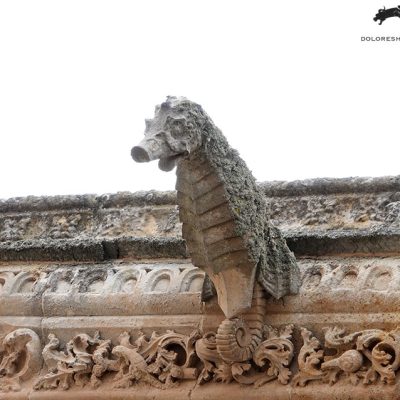 Gargoyles and Unusual Animals: Part Two
Gargoyles and Unusual Animals: Part Two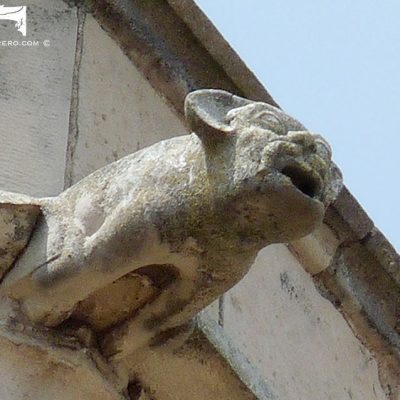 Gargoyles on the Seu Vella of Lleida (Spain): Guardians of the Fortified Cathedral
Gargoyles on the Seu Vella of Lleida (Spain): Guardians of the Fortified Cathedral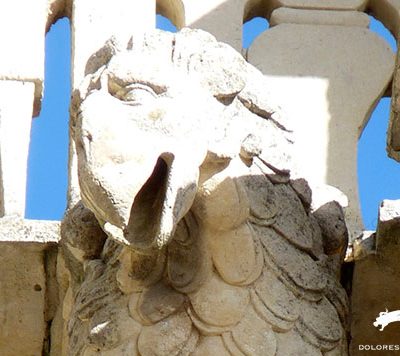 Gargoyles Shaped Like Eagles: Symbolism and Representation
Gargoyles Shaped Like Eagles: Symbolism and Representation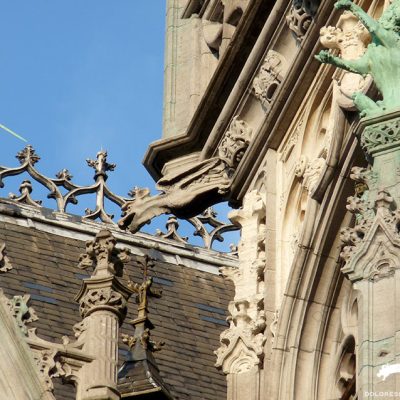 Gargoyles of the Maison du Roi in Brussels (Belgium)
Gargoyles of the Maison du Roi in Brussels (Belgium)